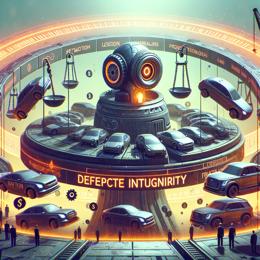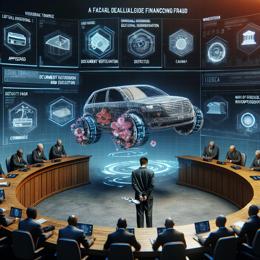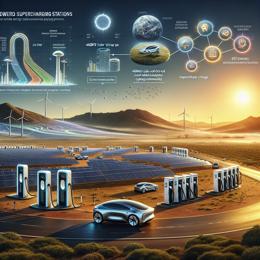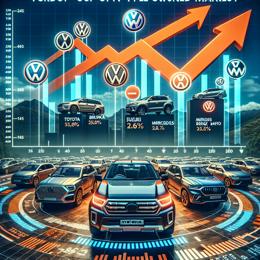Image created by AI
General Motors Announces End to Cruise Robotaxi Development Amid Rising Costs and Market Challenges
General Motors (GM), a titan in the automotive industry, has made a pivotal move by discontinuing development in its robotaxi division, Cruise, which it has held since 2016 through a majority ownership. This decision, announced on a recent Tuesday, marks a significant shift in GM’s strategic focus and reflects broader industry trends and challenges.
Since its inception, GM invested over $10 billion in Cruise with the hopes of leading the charge in the autonomous driving space. However, GM CEO Mary Barra clarified the decision was based on the unsustainable costs associated with operating a robotaxi fleet and the intense competition within the market. Instead, Cruise will merge into GM’s broader driver assistance technology group, with resources being reallocated to enhance these more traditional technological areas.
This move follows a string of strategic pullbacks by GM, including scaling down its electric vehicle (EV) projects, divesting from a joint venture battery plant, and restructuring its operations in China. GM is thus recalibrating its focus towards its core, more profitable businesses, such as the production of petrol-powered pickup trucks and large vehicles.
The timing of this announcement coincides with a downturn for several other companies in the autonomous driving landscape. Ford, for instance, began phasing out its Argo AI operation, a venture partially funded by Volkswagen, in late 2022, due to similar challenges. Other companies, like Alphabet’s Waymo, continue to advance in the space, albeit not without their setbacks. Waymo recently expanded operations to Miami and secured a substantial $5.6 billion funding round but faces ongoing regulatory scrutiny.
In addition to these strategic shakeups, GM’s Cruise was under regulatory and legal pressures, including a recent incident where it admitted to submitting a false report following a robotaxi crash in San Francisco that severely injured a pedestrian. This incident resulted in a $500,000 criminal fine under a deferred prosecution agreement.
This convergence of high development costs, intense market competition, regulatory challenges, and shifting corporate priorities illustrates the volatile nature of innovation within the robotic and autonomous driving sectors. GM’s decision to cut Cruise’s funding from roughly $2 billion to $1 billion by mid-year as part of its restructuring plan reflects a significant scaling down of ambitions in this technologically advanced field.
The broader implications for the industry include a potential slowdown in the race towards fully autonomous vehicles as companies reassess the viability and profitability of these ventures. Meanwhile, GM's share price saw a 3.2% increase in extended trading following the announcement, suggesting investor approval of the decision to streamline focus towards more traditional automotive technologies and sectors.










